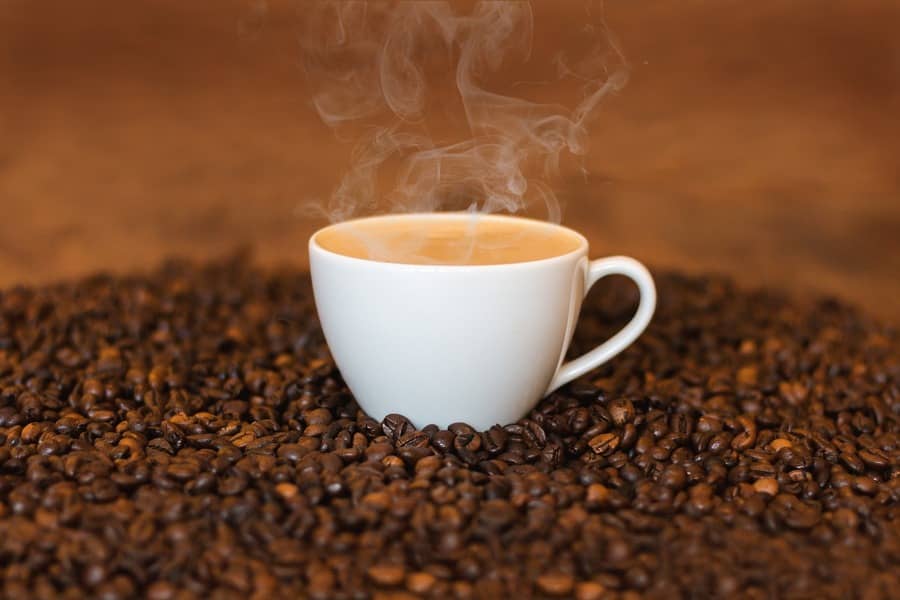Brazilian growers have once again accelerated sales of arabica but have slowed down the pace of negotiations with robusta/conillon coffee. The high price of arabica, reflecting the climate tension caused by the lack of rain in Brazil, attracted more sellers. The liquidation of future sales in September also helped to give more momentum to business. The fall in the NYSE was mitigated by the high dollar, which kept prices close to their highs and favored trading.
The SAFRAS survey showed that, until October 9, sales by growers totaled 62% of Brazil’s 24/25 coffee crop, up 6% compared to the previous month. Performance was hampered by the slow pace of sales of robusta/conillon, especially after the decline in prices and the disappearance of sellers. Even with the slowdown in trading, total sales remained above the same period last year, when growers had sold 56% of the crop. Negotiations are also above the five-year average (2019 to 2023), which indicates sales of 60% of the expected production.
Sales of arabica coffee reached 58% of production, surpassing the same period of the previous year (52%), but still slightly below the average sales of the last 5 years, which is around 58%. It is worth noting the strong progress in negotiations with cooperatives, which, in the south of Minas Gerais, indicate commitments between 68% and 70% of the total received. Despite the recent lows, the price scenario remains favorable to sellers, which justifies the strategy of continuing to stagger their commercial flow. Growers should only change this stance in the face of a much sharper low in prices.
Conillon sales have slowed down, with growers holding back in the face of the sharp decline in prices. Growers are well capitalized and have already committed a high percentage of the crop, which favors this more cautious stance. External demand has also lost its aggressiveness, contributing to hold back business. The decline in the differential in external sales of Asian origins has made competitors’ coffee more competitive over Brazilian robusta/conillon, reducing the interest in purchasing for exports. Even with the decline in the price of robusta/conillon, it is still expensive for the local industry.
Forecasts for the 2025 crop in Brazil remain very timid, despite attractive prices and the risk of a decline with the return of rain. Doubts about production, resulting from the harvest delay and the long period of drought and high temperatures, explain this more conservative stance of growers. The preliminary idea is that sales of the 25/26 crop in Brazil will be around 10% of the productive potential, with arabica sales reaching 15% of the next crop. Arabica sales are below the same period last year, when they were around 23% and also below the three-year average, of around 20% of the productive potential.

